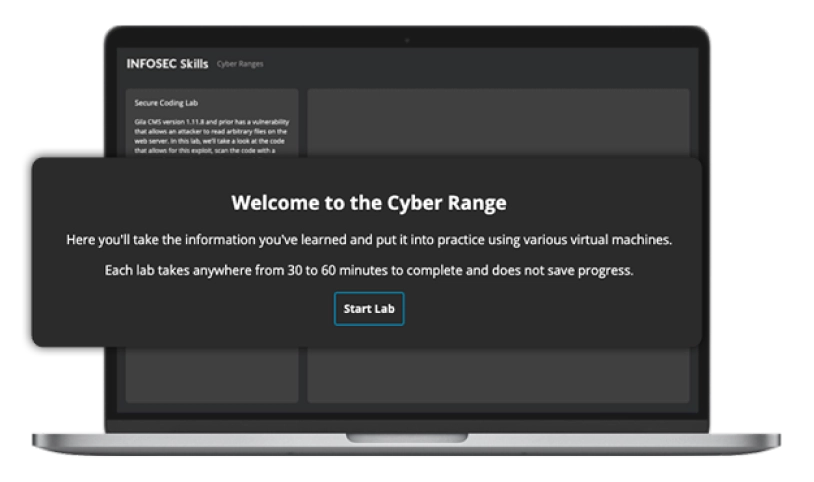
HTML5 Security Learning Path
7 hours, 9 minutes
Quick facts
About this learning path
-
courses
100% online
-
Duration
7 hours, 9 minutes
-
Assessment
questions
About HTML5 Security
HTML5 Security will teach you how to secure your web applications. You will learn first about the components that make up an HTML5 application, before being given the ability to identify, assess and resolve threats to these components. Finally you will put your knowledge in to practice by securing a sample application.
This course is made up of 4 main courses: HTML5 components - a guide to the components that you will need to know about. Identifying areas of HTML5 vulnerability - How to identify and assess the common types of HTML5 attacks Web app protection using HTML5 - Prevention, response and resolution of HTML5 vulnerabilities Problem based approach - Bug bounty report resolution exercise On completion of this learning path, you will have gained a comprehensive understanding of HTML5 components security that will enable you to secure your web applications with confidence.
Syllabus
HTML5 Security Skill Assessment
Assessment - 16 questions
Introduction to HTML5 Security
Course - 00:29:00
HTML5 Elements
Course - 01:16:00
Identifying areas of HTML5 vulnerability
Course - 01:09:00
Web app protection using HTML5
Course - 02:39:00
HTML5 Security in the wild - a Problem based approach
Course - 01:30:00
The details
Learning path insights
How to claim CPEs
Should you complete this learning path, you’ll be able to download a certificate of completion. Use this to claim your CPEs or CPUs.
No software. No set up. Unlimited access.
Skip the server racks and spin up a realistic environment with one click. Infosec Skills cyber ranges require no additional software, hardware or server space so your team can spend less time configuring environments and more time learning. Unlimited cyber range access is included in every Infosec Skills subscription so your team can skill up however they learn best.

Unlock 7 days of free training
- 1,400+ hands-on courses and labs
- Certification practice exams
- Skill assessments
Plans & pricing
Infosec Skills Personal
$299 / year
- 190+ role-guided learning paths (e.g., Ethical Hacking, Threat Hunting)
- 100s of hands-on labs in cloud-hosted cyber ranges
- Custom certification practice exams (e.g., CISSP, Security+)
- Skill assessments
- Infosec peer community support
Infosec Skills Teams
$799 per license / year
- Team administration and reporting
- Dedicated client success manager
-
Single sign-on (SSO)
Easily authenticate and manage your learners by connecting to any identity provider that supports the SAML 2.0 standard.
-
Integrations via API
Retrieve training performance and engagement metrics and integrate learner data into your existing LMS or HRS.
- 190+ role-guided learning paths and assessments (e.g., Incident Response)
- 100s of hands-on labs in cloud-hosted cyber ranges
- Create and assign custom learning paths
- Custom certification practice exams (e.g., CISSP, CISA)
- Optional upgrade: Guarantee team certification with live boot camps

